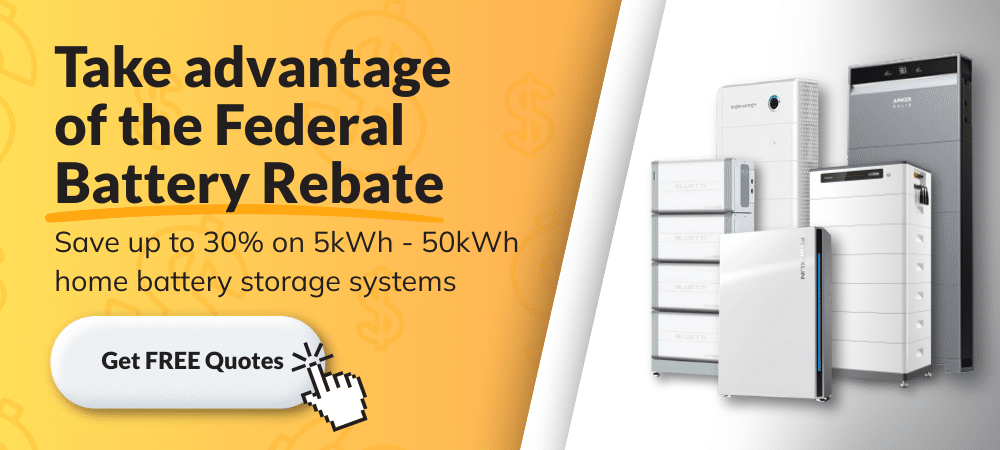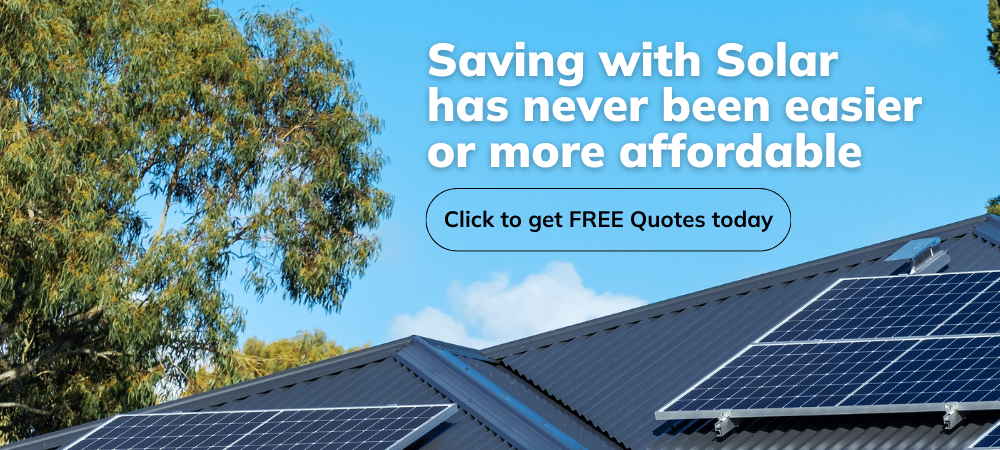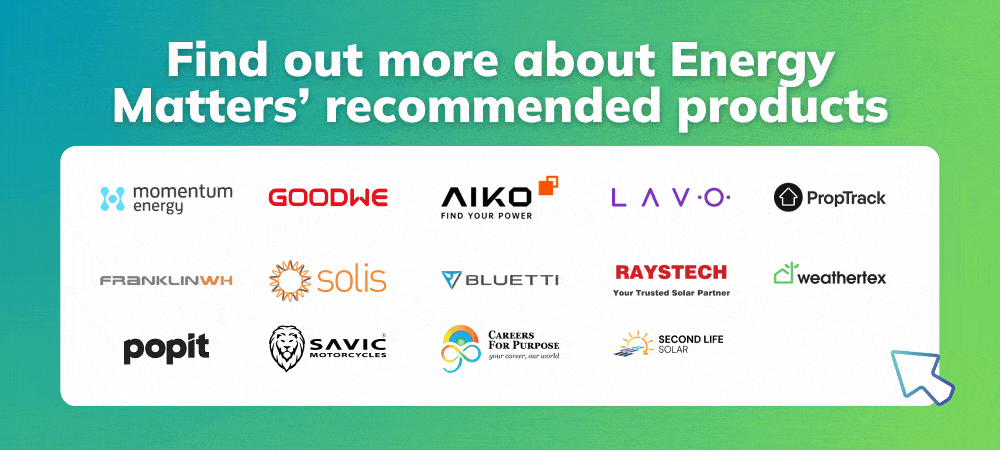Rooftop solar panels are very popular in Australia, but what happens to households, and even businesses, that can’t accommodate them? That’s where the ground-mounted solar system comes into the picture.
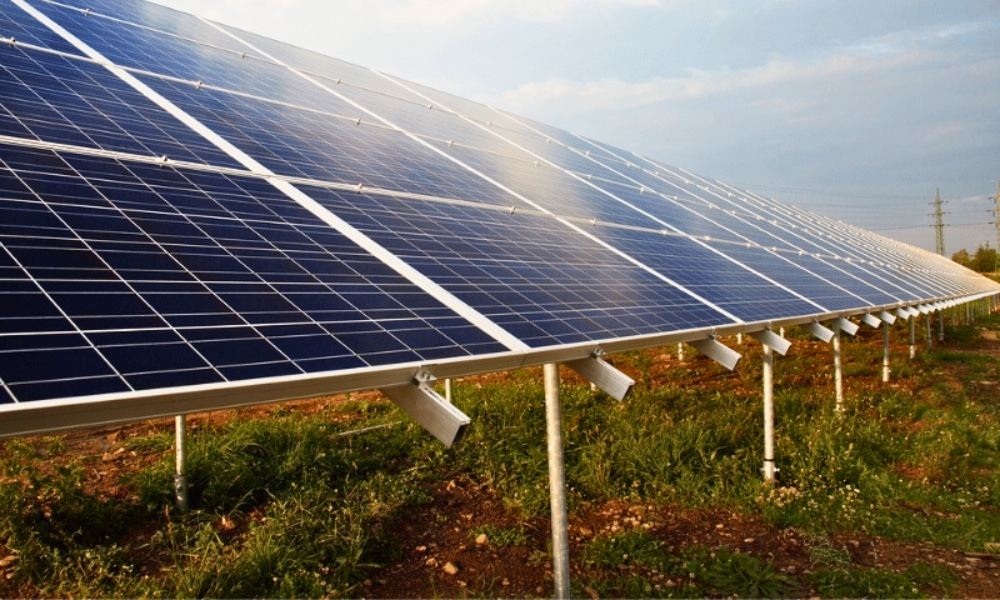
What is a ground-mounted solar system?
Simply put, this type of solar system is free-standing and mounted on the ground. It is installed on the ground with a racking system that is customised. For example, its height varies depending on your needs.
You can have a ground-mounted solar panel that is tall enough that will enable you to walk underneath it comfortably. On the other hand, it could be low enough to give just enough ground clearance.
Ground-mounted solar panels are common in solar farms due to several reasons. One, the area that the solar panels are built on doesn’t serve other purposes; hence, there aren’t any roofs available.
On the same note, there’s no reason to install them in high areas to avoid shade because there really is not much going on in solar farms. Often, solar farms are located in vast, open spaces.
In communities, homeowners rely on rooftop solar panels mainly to save space. Another reason is that there is shade to consider, whether on their property or in their neighbour’s.
What you need to know before you install ground-mounted solar systems
The space where you plan to install ground-mounted solar panels is crucial, and key factors must be considered.
1.Land preparation: The land must be cleared and levelled to provide a stable foundation. In some cases, excavation and foundation work may be necessary to secure the solar panel ground mount.
2. Soil conditions: The ground must be stable and suitable for supporting the solar panel mounting structure.
3. Regulatory compliance: Ground-mounted solar installations in Australia must adhere to local zoning laws and building codes. This may be straightforward in rural or open areas, but urban or suburban properties may have stricter requirements.
- Wildlife considerations: Potential impact on local wildlife should be assessed and mitigated.
4. Accessibility to sunlight: The placement of the panels should avoid shading from trees, buildings, or other obstructions. Choosing an open, north-facing area ensures the best results.
5. Initial cost: Ground-mounted systems may have higher upfront costs than rooftop systems.
6. Professional installation: Installing a ground-mounted solar system requires solar expertise. Professional solar installers can design the system for maximum efficiency and ensure proper grounding to protect the system from electrical faults.
Energy Matters helps Australian home and business owners receive personalised solar quotes through our large network of high-quality solar installers. With Energy Matters, you can be sure you’re getting the best possible deal on solar energy. We only work with reputable solar installers with a proven track record of delivering high-quality solar systems.
Ground-mounted solar panel system components
- Solar panels: High-quality solar panels convert sunlight into direct current (DC) electricity.
- Mounting structure: A sturdy mounting supports the solar panels at the optimal angle.
- Solar inverter: The solar inverter converts direct current (DC) electricity from the solar panels into alternating (AC) electricity suitable for household use.
- Wiring and cabling: Conduits and cables connect the solar panels to the inverter and the main electrical panel.
- Grounding system: A grounding system ensures electrical safety.
- Monitoring system: A monitoring system allows you to track your system’s performance, energy production, and any potential issues.
- Solar battery storage system: An optional but highly recommended solar battery storage system allows you to store excess solar energy during peak demand periods or at night. Pairing your ground-mounted solar system with a solar battery storage system can enhance energy independence and resilience.
Use Energy Matters’ easy-to-use solar power and battery storage calculator to determine the size of your solar system with storage! Our solar calculator will generate performance information and potential savings.
We can send this information to 3 of our pre-vetted and trusted local installers in your area to receive obligation-free solar quotes.
Ready to upgrade your solar systems and take your energy savings to the next level? Embrace the energy efficiency revolution by upgrading your solar systems and adding a solar battery storage system, solar inverters + more with Energy Matters.
The different types of ground-mount solar systems
There are two types of ground-mounted solar systems available in Australia:
1. Fixed-tilt ground-mount solar system
This is the most straightforward type of ground-mounted solar setup. Panels are fixed at a specific angle to maximise sunlight exposure. Once installed, these systems don’t adjust or move with the sun’s position.
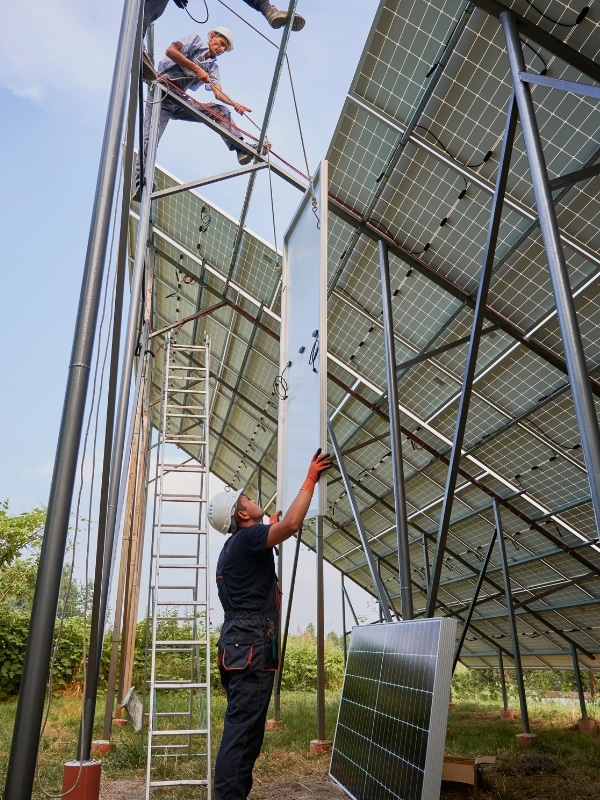
2. Pole-mounted or adjustable solar panel ground-mount
For increased efficiency, pole-mounted systems allow for some movement or tilting. This system can be adjusted manually or use a tracking mechanism to follow the sun, which can improve energy production by keeping the panels facing the sun throughout the day. (Image: Clenergy)
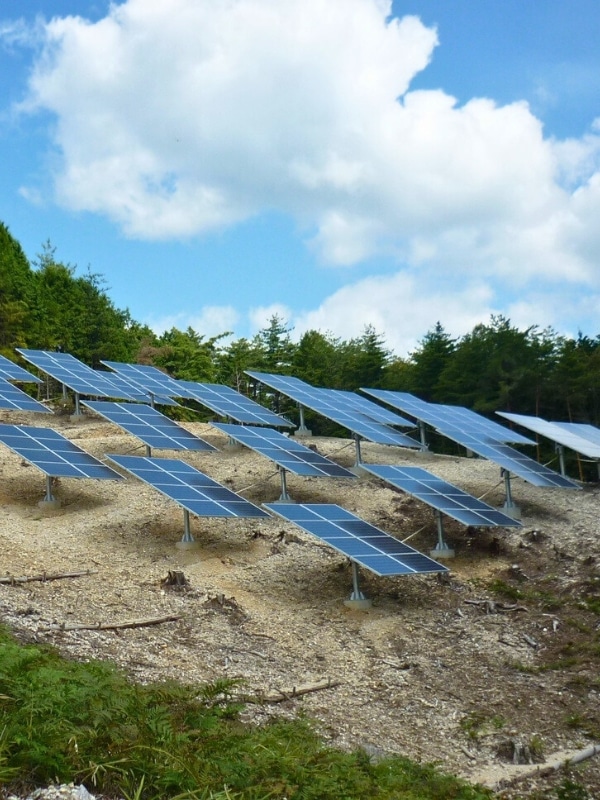
What are the advantages of a ground-mount solar panel?
There are many benefits to a ground-mount solar panel. One of its most significant advantages is that it’s ideal for anyone with issues with their roofs.
Key benefits of ground-mounted solar panels
Optimal solar exposure: Ground-mounted systems can be positioned to maximise solar exposure, especially in areas with limited rooftop space or shading issues.
Increased energy production: By optimising solar panel orientation, ground-mounted systems can generate more electricity than rooftop systems, particularly in regions with high solar irradiance, like Australia.
Scalability: Since ground-mounted systems don’t rely on roof space, it’s easier to expand them if more panels are needed to increase energy production.
Aesthetic appeal: Ground-mounted systems can be designed to blend seamlessly with your landscape, enhancing the overall appearance of your property.
Enhanced cooling and performance: Since ground-mounted panels are slightly elevated, they benefit from better airflow, which helps cool the panels. Cooler panels can maintain efficiency more consistently than those that heat up quickly, as is common on rooftops.
What are the disadvantages of ground-mounted solar panels in Australia?
While ground-mounted solar systems come with many benefits, they also have some limitations:
Space requirements: Not all properties have the land required for a ground-mounted system. Finding sufficient space in densely populated or urban areas can be challenging.
Higher initial costs: Ground-mounted systems tend to be more costly than rooftop systems due to the need for mounting structures and possible site preparation.
Vulnerability to ground conditions: Floods, mud, and other ground conditions can affect ground-mounted solar panels. It is crucial to choose a suitable location that is less prone to flooding or soil erosion.
Potential for visual obstruction: Some property owners may not like the visual impact of a ground-mounted solar array. However, this can often be mitigated by strategic placement or landscaping.
How do you know if it’s right for your property?
It’s important to determine if your property has the right conditions to know if ground-mount solar panels are right for you. To get the most out of your ground-mount solar panels, they should be placed in a location where they can get the most exposure from the sun.
Additionally, if your home has a lot of open space, you can install this type of solar system. It is also ideal for homes and properties that use a lot of energy.
How much space do you need for a ground-mount solar system?
The land required for a ground-mounted solar system will depend on the size of the installation and the amount of energy needed. A typical residential system might need 100–400 square meters, while larger commercial setups could require significantly more space.
For example:
- Residential systems: A smaller 5kW system might need approximately 30–40 square meters.
- Commercial systems: A larger 100kW system could require 600–700 square meters or more, depending on panel efficiency and spacing.
How to determine the number of solar panels you need?
An average home will need approximately 20 ground-mounted solar panels. However, you can get the exact number of solar panels you need for your home, matching your home’s energy usage. Check out our Solar Panel Sizes, Dimensions, and Wattage page.
Are ground-mounted solar panels worth it?
Overall, ground-mounted solar panels can make a huge difference in power production and will pay off for themselves in many years to come. You can look forward to getting the most out of them before replacing the panels. In short, they are an excellent investment.
Take the next step with Energy Matters
Ready to take the next step? Contact Energy Matters today to explore your ground-mounted solar panel options and unlock the power of clean, renewable energy. Our team of solar experts can help you get up to 3 FREE solar quotes from pre-qualified and vetted solar firms in your area. Let’s harness the power of the sun together!








